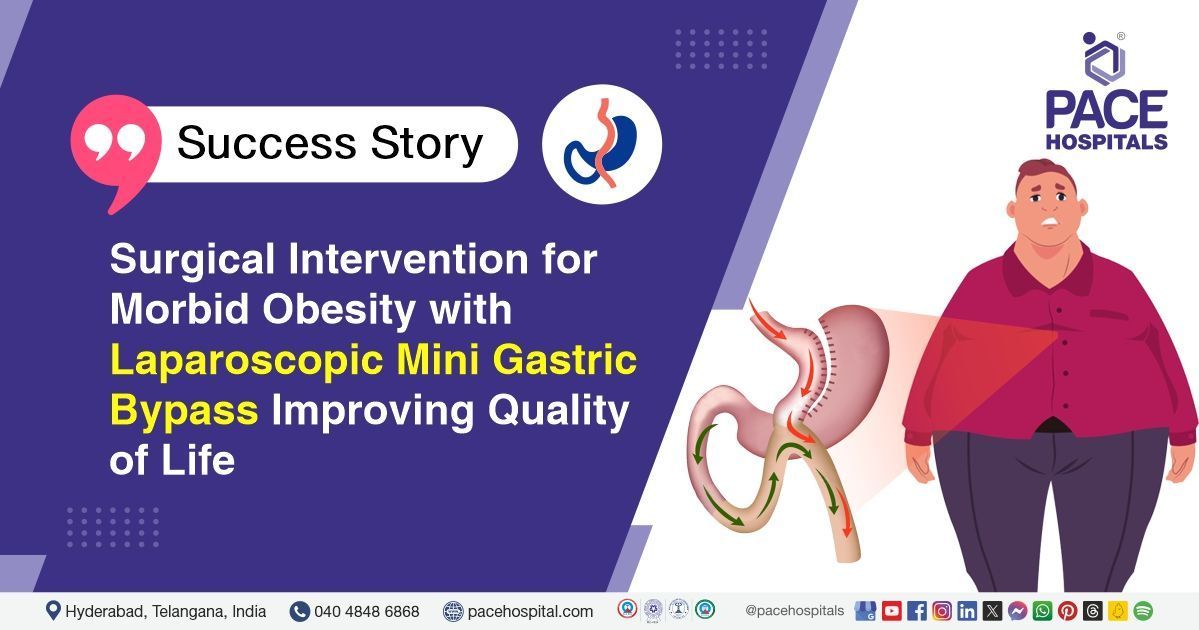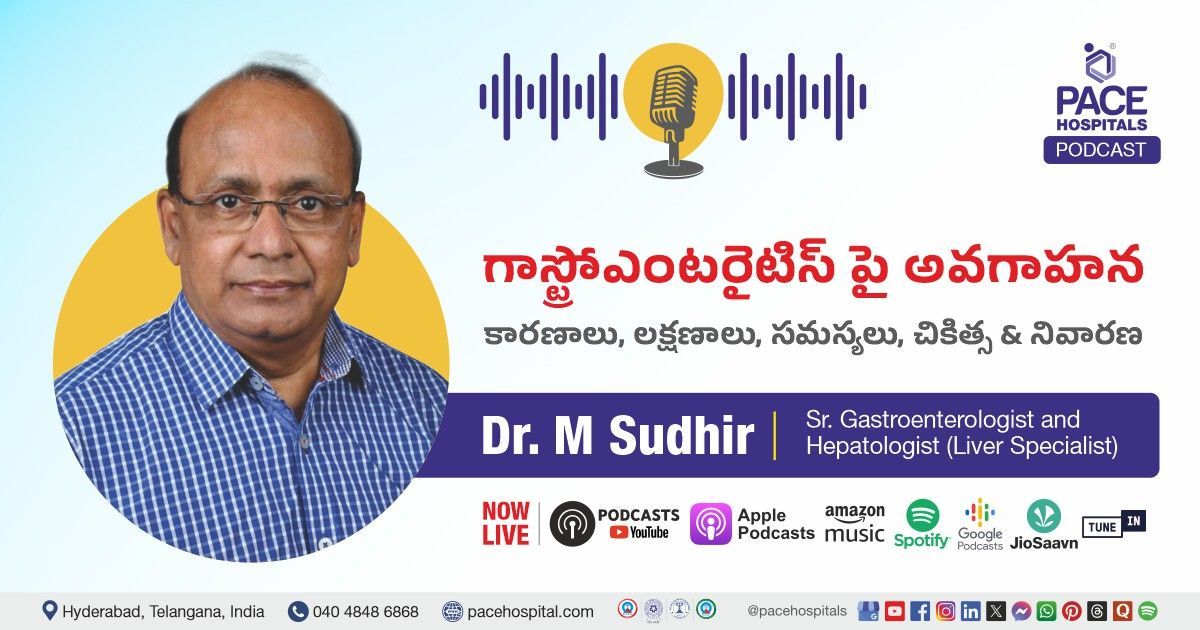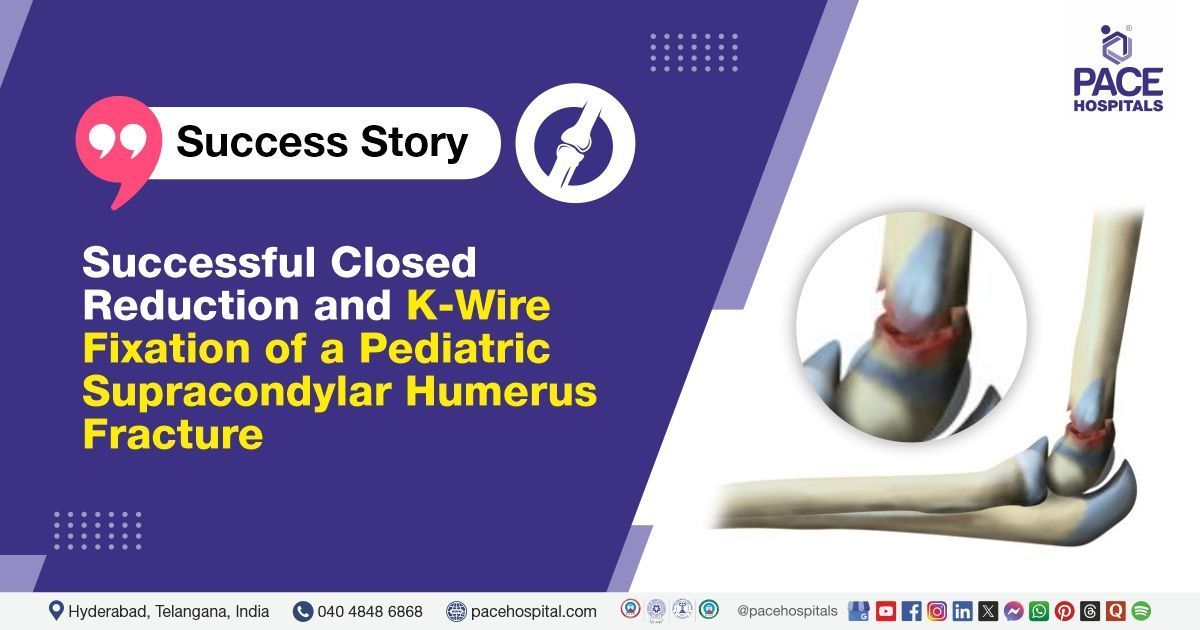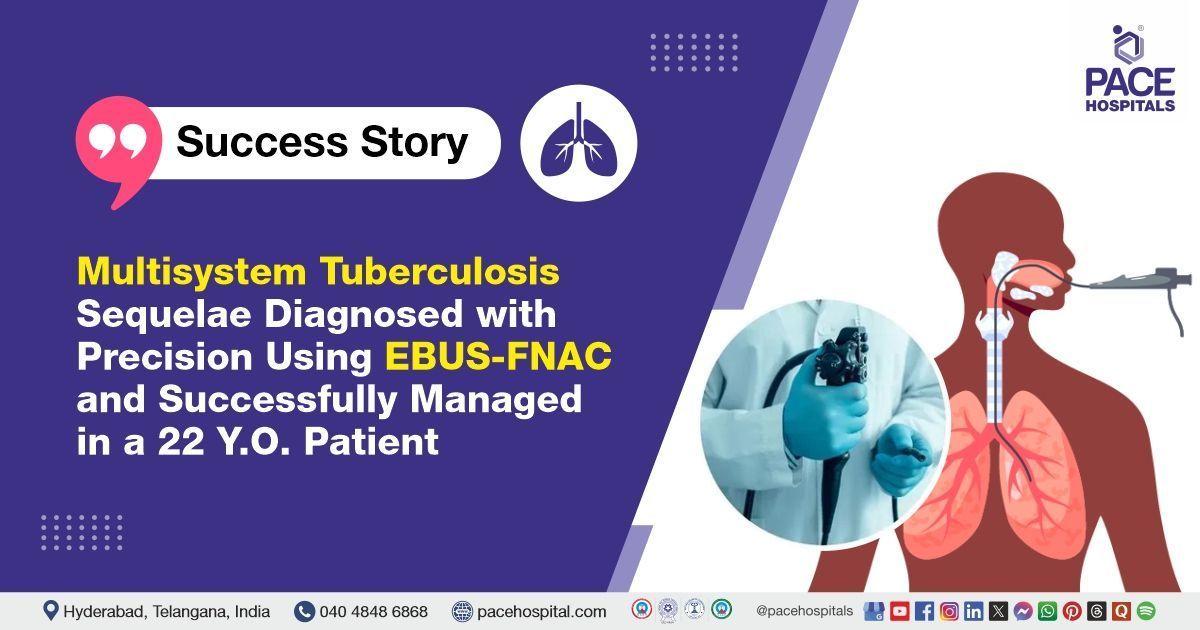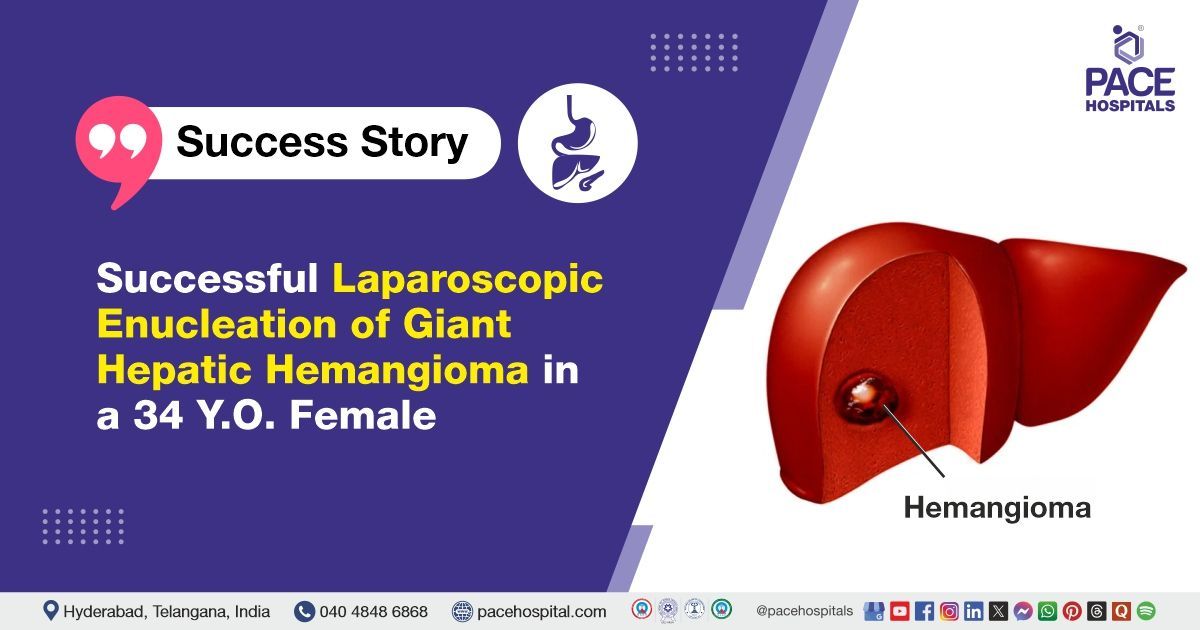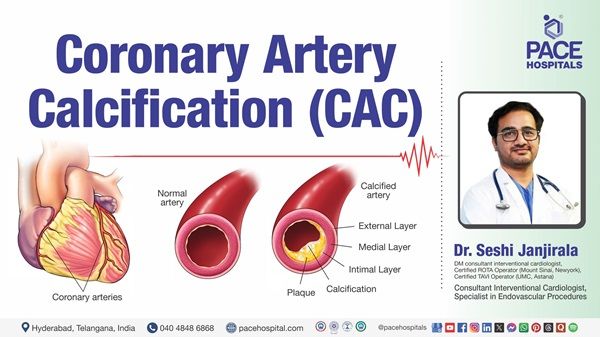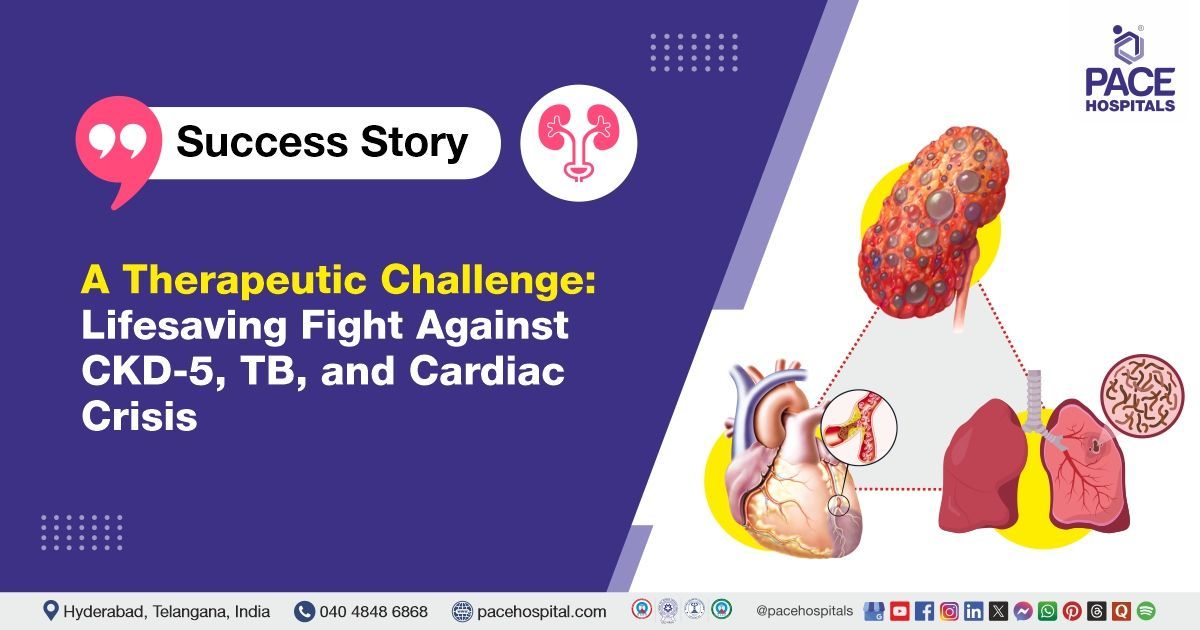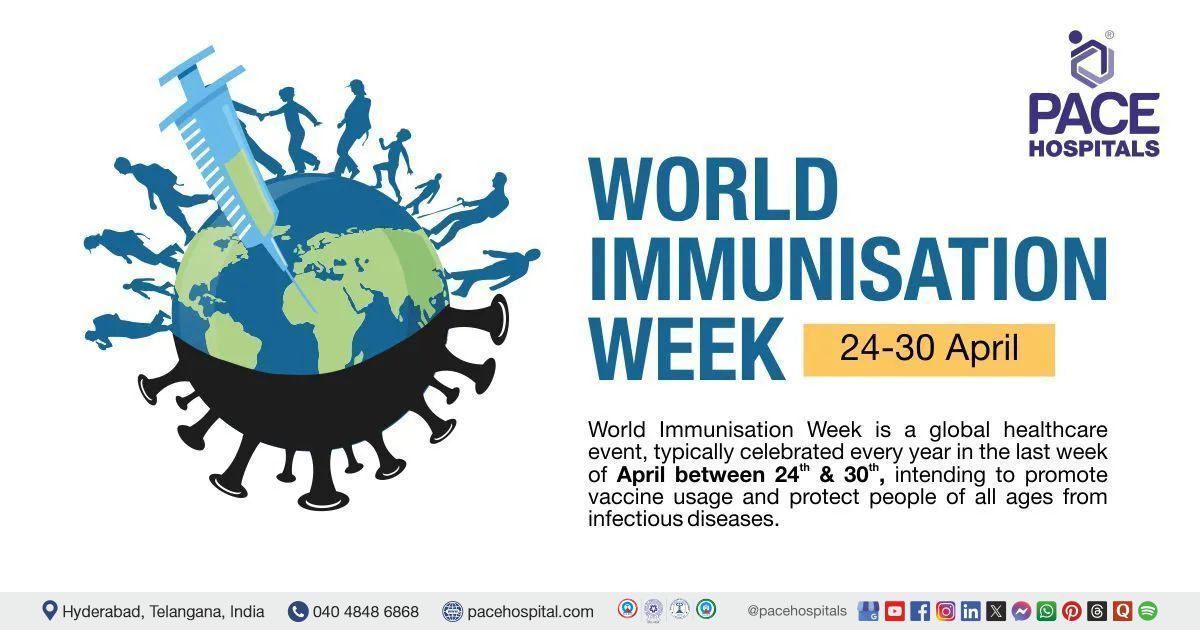Surgical Intervention for Morbid Obesity with Laparoscopic Mini Gastric Bypass Improving Quality of Life
An adult male patient approached PACE Hospitals, Hyderabad, complaining of morbid obesity associated with shortness of breath. He was diagnosed with morbid obesity with restrictive COPD dyspnea and fatty liver. The surgical gastroenterology team of doctors performed mini gastric bypass on him to relieve him from the breathing difficulties.
Medical History
A 30-year-old-male patient approached the surgical gastroenterology department of PACE Hospitals, Hyderabad, with complaints of uncontrolled weight gain, associated with shortness of breath from the past 10 days. He was a known case of restrictive chronic obstructive pulmonary disease (COPD) and fatty liver.
Upon evaluation, he was found with morbid obesity of 45.2 Kg/m2, which is classified as class III obesity. It was understood that his other comorbid conditions of dyspnea and fatty liver might be due to this morbid obesity.
Diagnosis
Considering the severity of patient’s breathing difficulty and associated comorbidities, he was admitted to PACE Hospitals, Hyderabad, for further treatment and management of his medical condition. Upon detailed physical examination and investigations, the patient was diagnosed with morbid obesity with a body mass index (BMI) of 45.2 Kg/m2 with restrictive COPD, dyspnea on exertion.
A condition marked by high body fat that raises the possibility of health issues. Consuming more calories than one sheds through exercise and daily activities is often the cause of obesity. This patient is considered obese because his body mass index (BMI) is greater than 30Kg/ m2. This excess fat in the body elevates the risk of major health issues like fatty liver disease, dyspnea etc.
Treatment
As the patient was diagnosed with morbid obesity of grade III with severe difficulty in breathing, the surgical gastroenterologist, bariatric and metabolic Surgeon, GI and HPB oncologist and liver transplant surgeon, Dr. Phani Krishna Ravula affirmed that laparoscopic mini gastric bypass procedure would help the patient recover from dyspnoea and relief from symptoms associated.
On the day of the procedure, the patient was explained about the disease condition and treatment modality, and consent was obtained from him. Short-acting general anaesthesia was administered as premedication and laparoscopic mini gastric bypass procedure was done.
During the procedure, the patient’s stomach was visually normal. Lesser curvature of the stomach was chosen to create the gastric pouch by firing the staples serially. For differentiation, staples of two gold and two blue were used serially. Anastomosis was done between the gastric pouch and jejunum, 180 cm distal to duodenojejunal junction by gastrointestinal endoscopy.
Post-procedure
The surgical procedure was completed without any complications and was shifted to general observation room. He was given IV antibiotics, antacids, analgesics and IV fluids, during his hospitalization period. After 48 hours of post-surgery, the patient was initiated liquid diet, gradually increased to full oral liquids by fourth day post-surgery. He was advised to walk without any assistance for quicker recovery.
Discharge notes
The patient was prescribed with proton pump inhibitors, pain relievers, hepatoprotective agents and a syrup to balance nutritional requirements. He was advised to avoid strenuous activities for 2 months and to have bed rest for 2 weeks. For faster recovery, he was told not to travel for longer hours for the next 2 months.
While getting discharged, he was well explained about the liquid diet and pureed diet for 1 week, followed by soft diet. He was asked to get follow-up done after a week by Dr. Phani Krishna Ravula, with prior appointment. The patient was instructed to contact emergency room at PACE Hospitals, Hyderabad, in case of any bleeding complications or high fever above 101oF.
Impact of morbid obesity on liver
About 90% of morbidly obese patients exhibit liver abnormalities, with one-third experiencing fatty change involving over 50% of hepatocytes. Fatty liver disease can be categorized into four groups: fatty liver, fatty hepatitis, fatty liver with portal fibrosis, and
cirrhosis. Most patients only show fatty change. Factors such as alcohol, drugs, diabetes, poor nutrition, and weight-reducing surgery contribute to liver damage. However, obesity alone may lead to severe disease with alcoholic hepatitis and liver failure. Fat accumulation is unlikely to trigger inflammation and fibrosis. Severe fatty liver disease may be asymptomatic and rarely resembles the appearance of alcoholic hepatitis. Poor correlation between
liver function test results and morphology in obesity is observed. ALT levels exceedingly twice the normal limit have some predictive value for severity, but they are present in few patients. Pericentral and pericellular fibrosis in pre bypass liver biopsies may be a prognostic lesion for fatty hepatitis and cirrhosis.
Share on
Request an appointment
Fill in the appointment form or call us instantly to book a confirmed appointment with our super specialist at 04048486868

